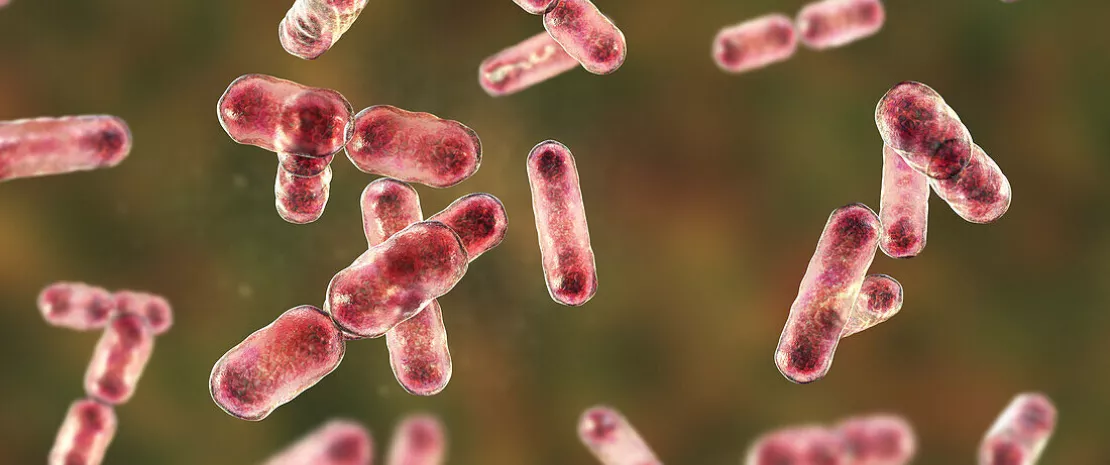Gut microbiota of centenarians provides wealth of insight
Loss of diversity, reduced presence of beneficial bacteria, increase in potential pathogens... As the years go by, the gut microbiota fades away. However, a study on more than 1,500 Chinese individuals suggests that this is not so for centenarians. 1
Sources
This article is based on scientific information

About this article
Less diversity, fewer beneficial micro-organisms, and more opportunistic pathogens: we know that with advancing age, the gut microbiota changes. But what about centenarians, who have managed to live longer, escaping a raft of chronic diseases and infections? To investigate the relationship between the gut microbiota and longevity, researchers at a Chinese research institute compared the gut microbiota of 1,575 individuals aged between 20 and 117, all living in Guangxi province in China, including 314 young adults (20-44 years), 277 adults (45-65 years), 386 seniors (66-85 years), 301 nonagenarians (90-99 years), and 297 centenarians (100-117 years). The results of this new study on the microbiota’s aging process were published in Nature Aging.
Centenarians with the microbiota of a 20-year-old
The bottom line: species diversity in the gut microbiota declines with age, reaching its lowest level in seniors aged 66-85 years. Surprisingly, however, it increases again in nonagenarians and centenarians, with the latter having the richest flora, on a par with younger individuals. However, the researchers believe that longevity is linked not so much to species diversity as to evenness in the relative abundances of the various species.
Other signs of youthfulness and good health in the microbiota of centenarians are an increased presence of potentially beneficial Bacteroidetes compared to seniors and nonagenarians and a reduced presence of potentially pathogenic bacteria, notably those that cause inflammation.
Prevalence
In 2021, there were 593,000 centenarians worldwide :
- including 132,000 in Japan (0.11% of population),
- 90,000 in the USA (0.03%),
- 29,000 in Thailand (0.04%),
- 27,000 in France (0.04%),
- 20,000 in Germany (0.02%),
- 18,000 in Italy (0.03%)
- and 14,000 in Spain (0.03%).
In 1950, there were 14,000 centenarians worldwide :
- in 1960, 20,000 ;
- in 1970, 27,000 ;
- in 1980, 49,000 ;
- in 1990, 102,000 ;
- in 2000, 169,000 ;
- and in 2010, 308,000 2
Particularity that grows stronger from age 100
Since these initial results suggest that a specific signature may characterize the gut microbiota of centenarians, the researchers went on to conduct a longitudinal study of gut microbial alterations in 45 of the 297 centenarians, from whom a second stool sample was collected 1.5 years later on average. They found the gut microbiota of the centenarians to be characterized by greater evenness in the relative abundance of species, a decrease in inter-individual variation, and stability of the Bacteroidetes population. The evenness of abundances at the start of the study correlated with the stability of the centenarians’ gut microbiota over the 1.5 years, suggesting that this balance of species may protect the gut flora from disruption and aging.
According to the researchers, centenarians show specific microbiota profiles, including an inter-species balance that is not only high for their age but continues to grow, and a stable abundance of Bacteroidetes. Despite their years, their gut flora remains very similar to that of young adults.









